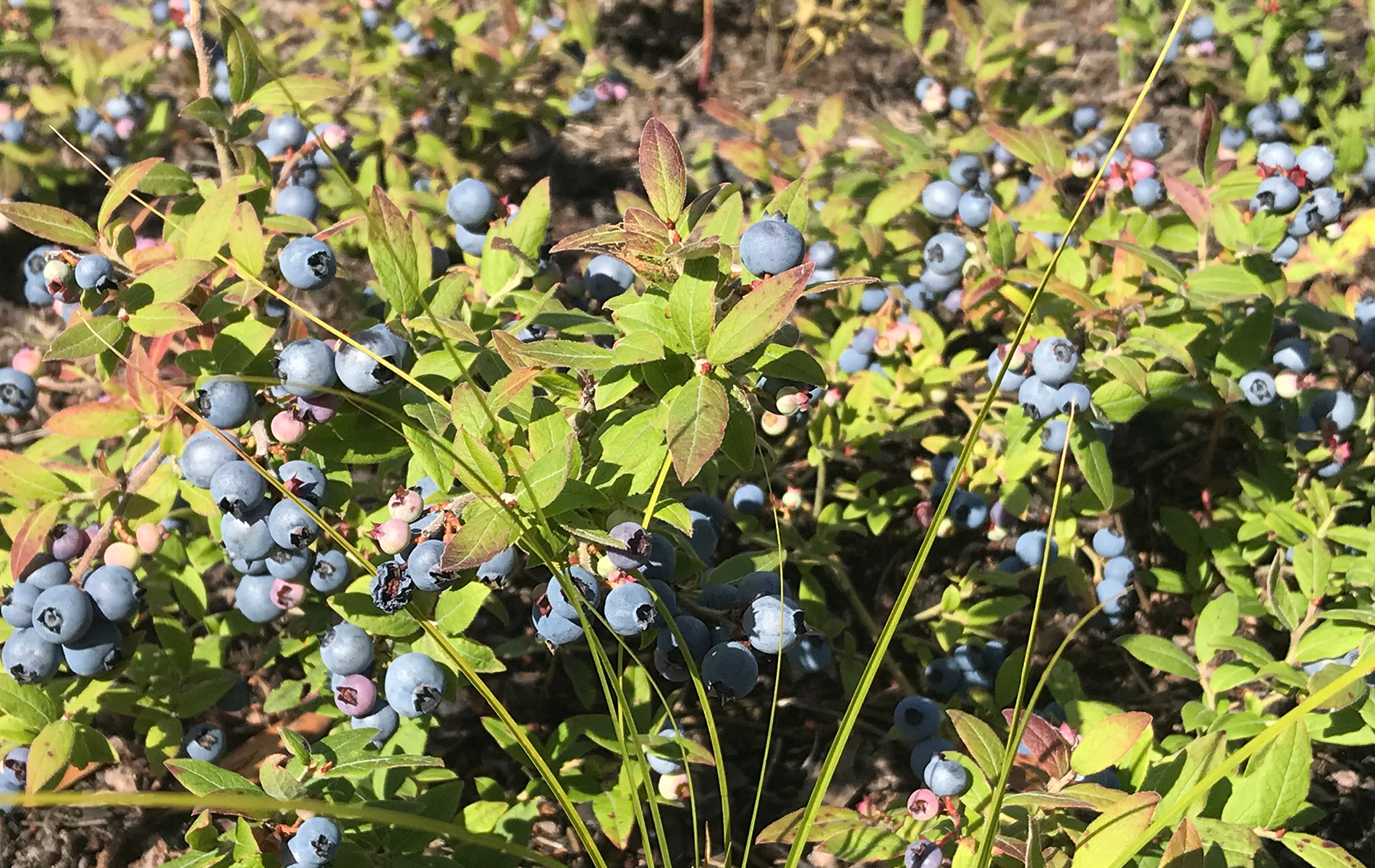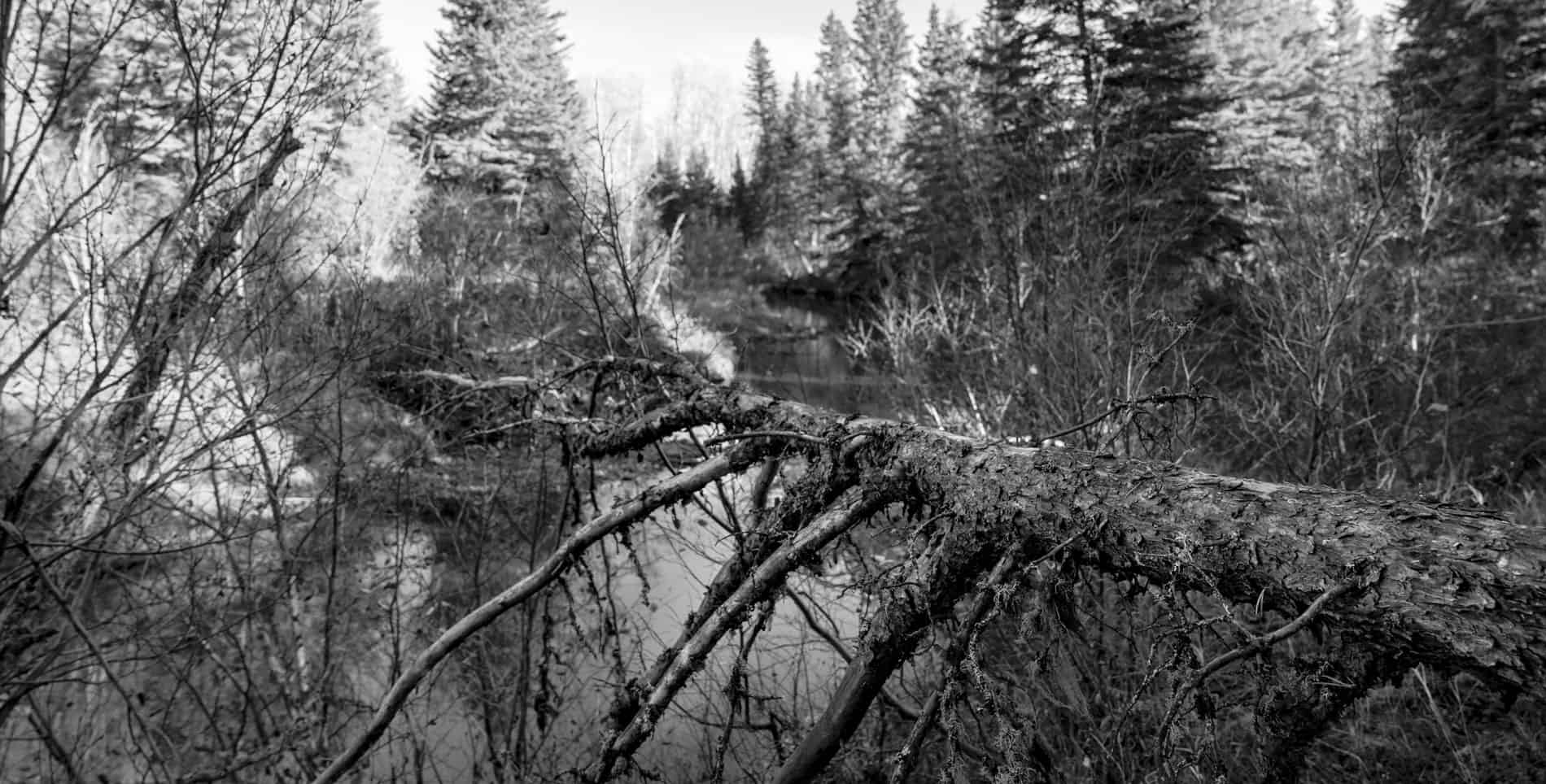The WBEA has fostered collaborative relationships with Indigenous communities in the Wood Buffalo region since its formation and one of its long-held core values is recognition of and respect for Indigenous Knowledge. The WBEA also established a Traditional Knowledge Committee (TKC) to develop and oversee long-term, Indigenous Knowledge and community-based monitoring programs; from 2017-2022 the focus has been on the Community-Led Berry Contamination Study (Berry Project). The WBEA understands that Indigenous Knowledge and western science can be braided together and the intent of the TKC is to guide how this is done with the WBEA’s monitoring programs.
Community Based Monitoring

The Community-Led Berry Contamination Study is a multi-year community-based monitoring project that builds upon work initiated by Fort McKay First Nation, with support from the Wood Buffalo Environmental Association, since 2010. The project has grown to include Conklin Métis, Fort McKay Métis, Fort McMurray Métis, and Fort McMurray 468 First Nation.
The study objective is to monitor berries from culturally significant patches to inform the community questions, including “are the berries safe to eat?” and is driven by the concerns of the participating community members about changes to berry quality and health due to oil sands-related development. The cultural identity of Indigenous peoples is intertwined with their food sovereignty and food security, therefore, the continued access to cultural keystone species of berries is paramount for community health and well-being.
Monitoring is achieved when Elders, knowledge holders, and group participants visit each berry patch to spend time on the land, share lived experience and knowledge, observe environmental condition, harvest berries for laboratory analysis of health compounds and contaminants, or collect soil samples for laboratory analysis of contaminants.
The study has produced qualitative and quantitative data for each community that has provided meaningful insight on their berry condition. While the WBEA provides support to the communities, the WBEA does not share the data on the communities’ behalf; however, there is some indication from this project that levels of contaminants of concern are elevated in berries from patches considered unclean by Indigenous members, which are located closer to oil sands development, versus berries from patches considered clean or sacred by Indigenous members, which are located farther away from development.
Going forward, the study will continue to use best practice methodologies that appropriately braid Indigenous and Western knowledge systems to build trusted relationships between participating Indigenous communities, academic researchers, and provincial and federal government scientists.

